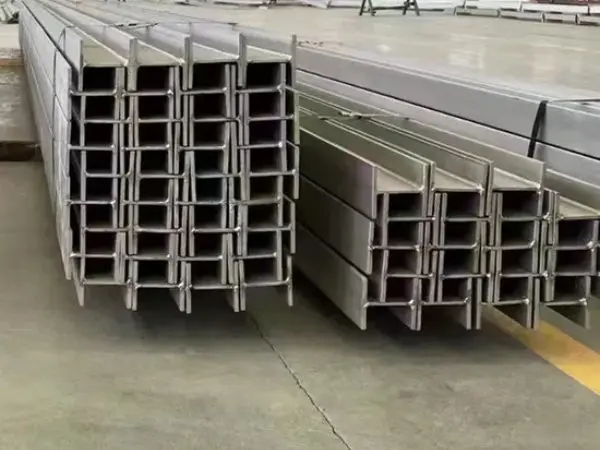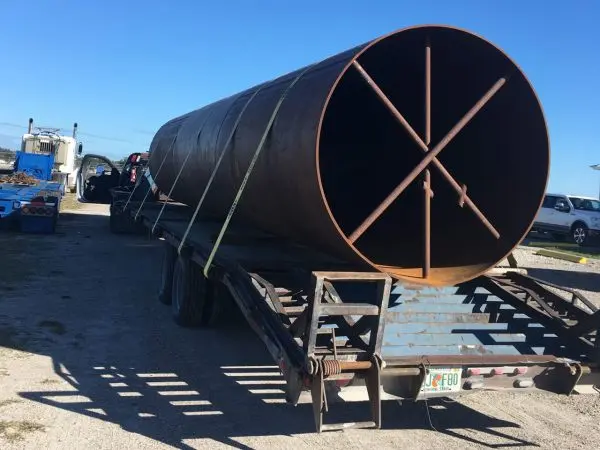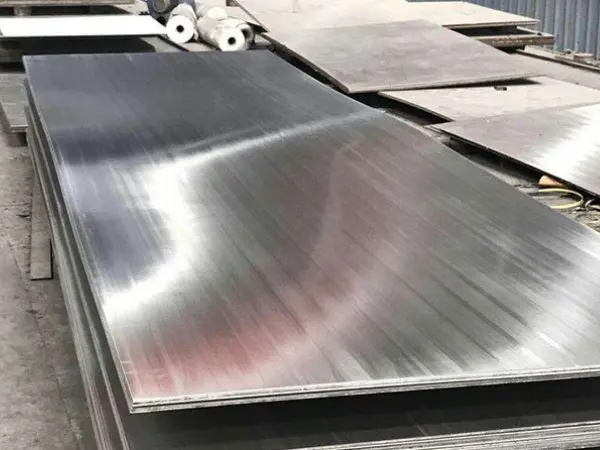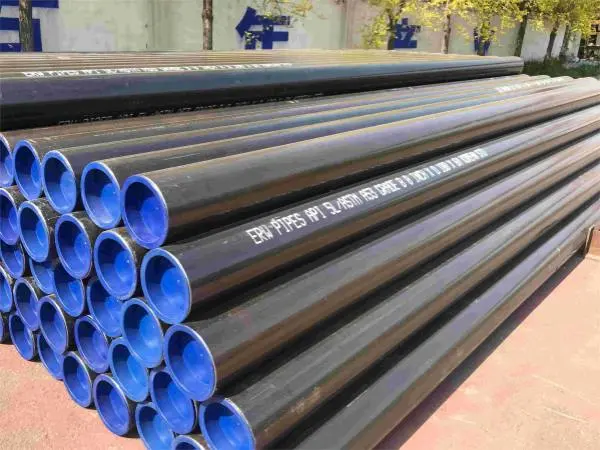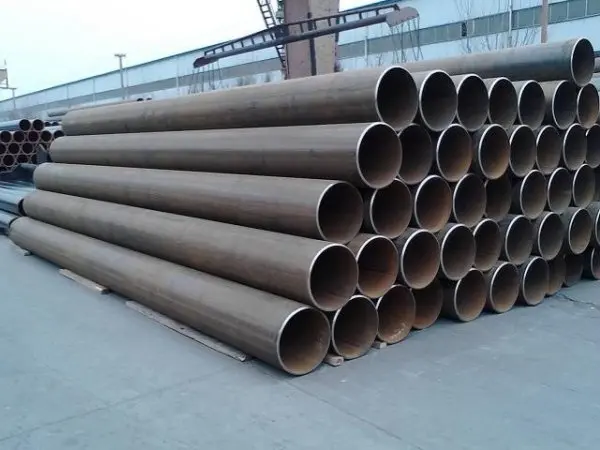- Phone0086 731 8564 8255
- E-mailsales@cscsteel-manufacturing.com
-

The detection of flaws in welded carbon steel pipes is crucial for ensuring the structural integrity and safety of these components, which are widely used in various industries such as oil and gas, construction, and automotive. Here are some of the methods used for flaw detection in welded carbon steel pipes.
Radiographic Testing (RT):
This method uses X-rays or gamma rays to inspect the weld for defects. It's effective in detecting flaws like cracks, lack of fusion, and inclusions within the weld.
Ultrasonic Testing (UT):
This technique employs ultrasonic waves to detect defects. It's a versatile method that can be used on a variety of materials and is particularly good at finding flaws like cracks, porosity, and lack of penetration.
Magnetic Particle Testing (MT):
This is used to detect surface and near-surface defects in ferromagnetic materials. The magnetic particles accumulate at the defect sites, making them visible.
Penetrant Testing (PT):
This method is used to detect surface defects. A penetrant is applied to the surface of the material, and after cleaning, a developer is used to draw out the penetrant from the defects, making them visible.
Eddy Current Testing (ET):
This technique is used for detecting surface defects in conductive materials. It works by inducing eddy currents in the material and monitoring the changes in these currents to identify defects.
Visual Testing (VT):
This is a basic method where the weld is visually inspected for obvious defects. It's often used in conjunction with other methods.
Phased Array Ultrasonic Testing (PAUT):
An advanced form of ultrasonic testing that uses multiple transducers to create a fan-shaped beam, allowing for more detailed inspections.
Synthetic Aperture Focusing Technique (SAFT):
This is an advanced ultrasonic technique that uses the combination of signals from multiple transducers to create a high-resolution image of the weld.
Computed Tomography (CT):
This method provides a three-dimensional image of the internal structure of the weld, allowing for the detection of complex defects.
Laser-Excited Acoustics (LEA):
This technique uses laser-generated ultrasound to inspect materials and can be used for flaw detection.
With the advancement of technology, there has been significant research into improving the accuracy and efficiency of flaw detection in welded steel pipes. For example, the application of deep learning and computer vision, such as the YOLOv7 algorithm, has shown promise in detecting surface defects in pipeline welds with high speed and accuracy. This method can be particularly useful in scenarios where real-time or near-real-time inspection is required, such as in oilfield operations where the integrity of the pipeline is critical for safety and performance.
